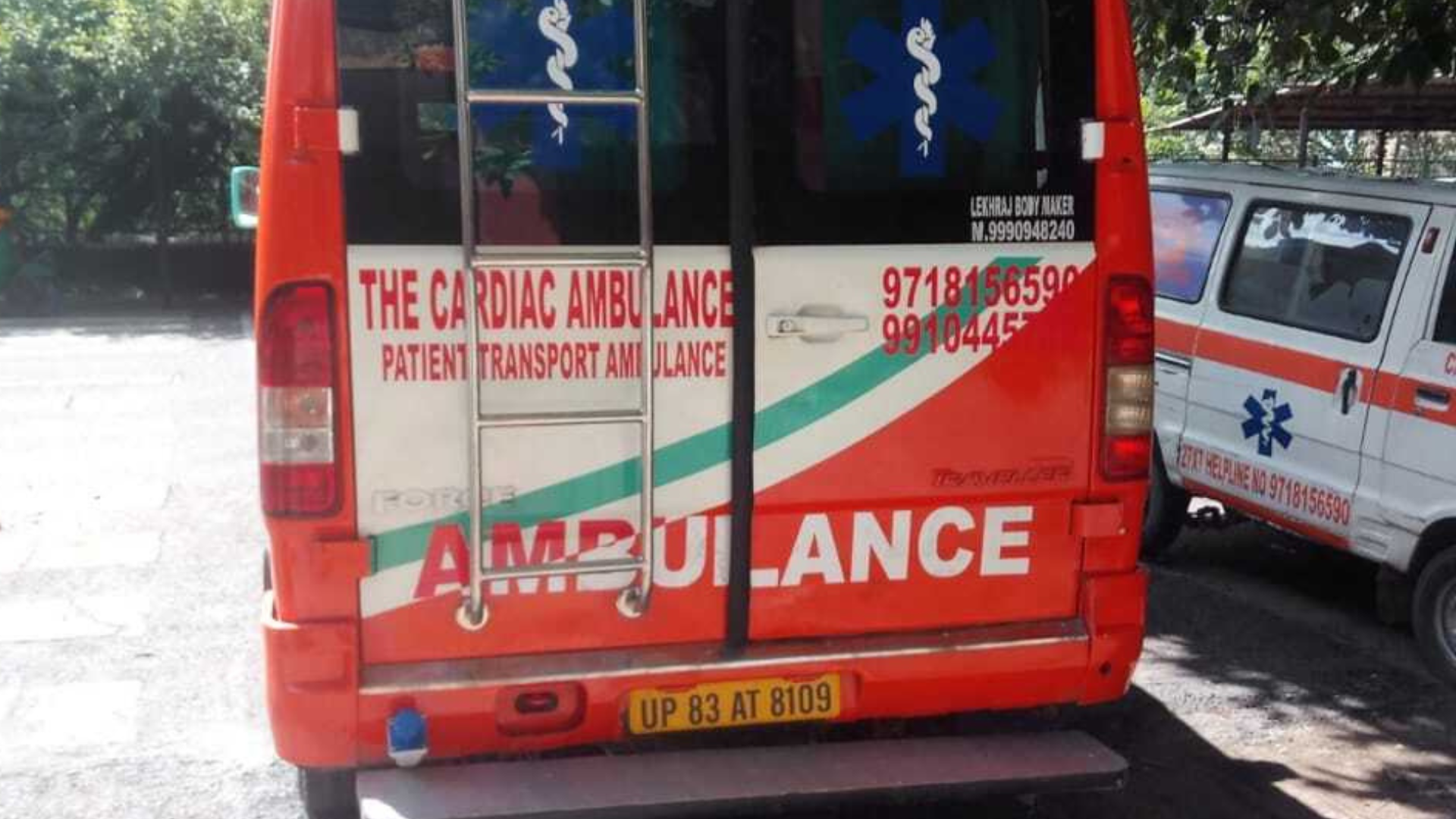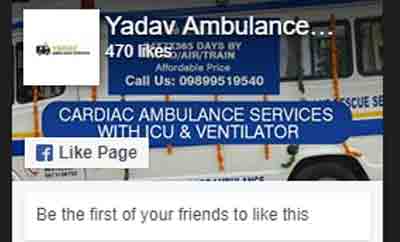How Much Does It Cost to Fly the Air Ambulance?
In critical medical emergencies, time is often the most crucial factor. Air ambulances offer rapid medical transport, especially when patients need to be moved across cities or states quickly. While the benefits of air ambulance services are clear, many people are concerned about the cost. Understanding the price range and factors affecting the cost can help families make informed decisions during stressful times.
The Role of Emergency Transport in Air Medical Evacuation
In metropolitan cities like Delhi, ambulance services are evolving to meet complex medical transport needs. When booking through professional ambulance services in Delhi, patients can expect end-to-end care, including ground transport to and from airports, medical monitoring during the flight, and seamless coordination with hospitals.
Factors Influencing the Cost of Air Ambulance in India
Several factors affect the overall cost of air ambulance services.The type of aircraft—whether a helicopter or fixed-wing airplane—also impacts the price, with planes generally costing more due to their range and comfort.
Medical needs during transport are another important factor. Patients requiring critical care, specialized equipment like ventilators or cardiac monitors, or continuous monitoring by doctors and nurses will see higher costs. Emergency or last-minute bookings often come with additional fees due to the urgency and logistical challenges involved.
Typical Price Range for Air Ambulance Services
On average, domestic air ambulance flights in India can start at around ₹2,00,000 for short-distance transfers, with prices increasing significantly for longer routes. Transfers spanning several states or involving international flights can easily reach several lakhs or more. It’s important to get detailed quotes from providers and clarify what services are included to avoid unexpected expenses.
Managing Air Ambulance Costs
Air ambulance services are a critical lifeline but can be costly. To manage expenses, families should inquire about insurance coverage early, as some health insurance plans include air ambulance benefits. Additionally, government health schemes and charitable organizations may offer assistance for eligible patients.
Planning in advance when possible can also help reduce costs. While emergencies can’t always be predicted, timely communication with ambulance providers allows for better pricing and smoother arrangements.



